#35. The Issue Of Child Custody
The custody of a child can sometimes be a major source of conflict and may lead to endless legal disputes. In fact, the legal procedures involved in cases of parental authority and child custody are extremely complicated. Especially when a parent who does not have the legal and physical custody of the child, decides to take him without mutual consent.
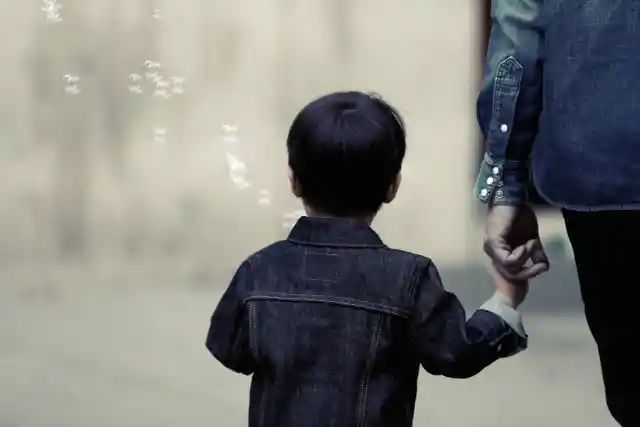
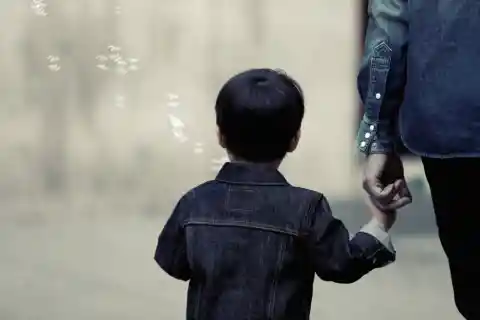
But during the 1970s, the American police forces were usually reluctant to step in when a noncustodial parent took a child from the parent legally in custody. The thing is, officers tended to view such situations as mere domestic disputes, rather than actual cases of child kidnapping or abduction. As you can imagine, parents who found themselves in such situations were left feeling powerless and frustrated. After all, imagine the impotence you must feel if both the legal and security systems turn their back on you?
#34. Awareness Of The Issue
These types of disputes regarding the custody of a child usually arise when couples decide to file for a divorce. The number of parents who found themselves in the situation of having a child taken away from them by the noncustodial parent began to increase year by year. But as time went by, those who were victims of this situation finally decided that something had to be done.
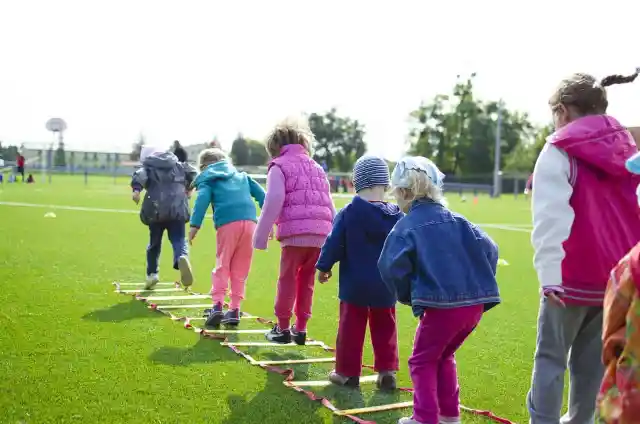
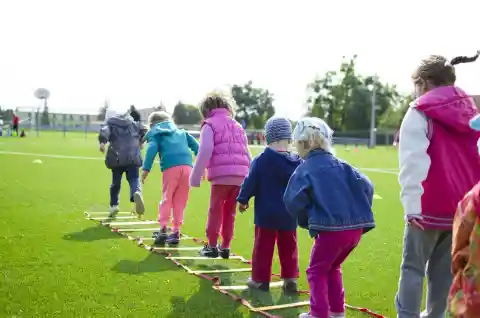
So as parents started to gain conscience about the scale of the problem, they gained the strength to get to work and organize themselves. After all, there were plenty of aspects of the legal system regarding child custody that had to be changed as quickly as possible. And they realized that they were all in this together.
#33. Child Advocacy
The first step that these parents had to take was to come up with a legal term that would describe what they were going through. After all, when a noncustodial parent takes his or her child to live with them, it's not quite the same as kidnapping. So for the problem to gain visibility all over the nation, they had to be able to name it properly.


These parents agreed on the word "child-snatching" instead. Then, they formed advocacy groups, in order to fight for the rights of parents and children that were victims of such "child-snatching". They also created pamphlets full of photos of snatched kids. But they didn't stop here: they also shared this information with school officials, with the hope of finding children whose names had been changed by their noncustodial parents. Clearly, this was only the beginning of their quest for justice.
#32. The Wider Picture
As the years went by, child-snatching began to be viewed as a major issue and became installed in public debate. Already towards the start of the 80s, the campaign continued to grow, to the point that parents began to fight for all of the missing children, and not only for the victims of child snatching.
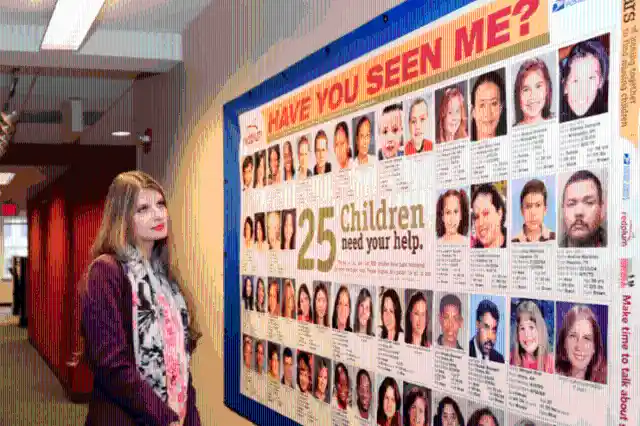
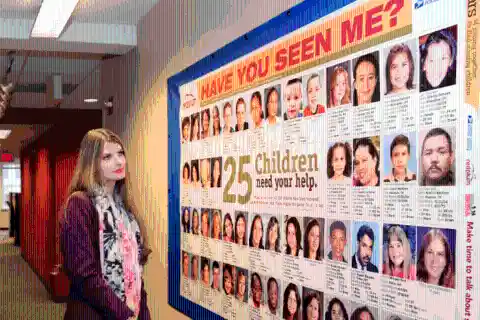
As the existing advocacy groups branched out even further by sharing images of runaways and missing children, they began to realize the number of children that were gone missing each year. The figures were frightening. Believe it or not, according to their rough estimations, the number of missing children reached hundreds of thousands. And the matter got worse each year.
#31.Corporate Social Responsibility
The diffusion of these startling figures together with the deep impact of several highly publicized cases of kidnapping helped to raise awareness on the issue. As a result, people, as well as businesses, started to help the campaign. In fact, companies played a major role in this fight.
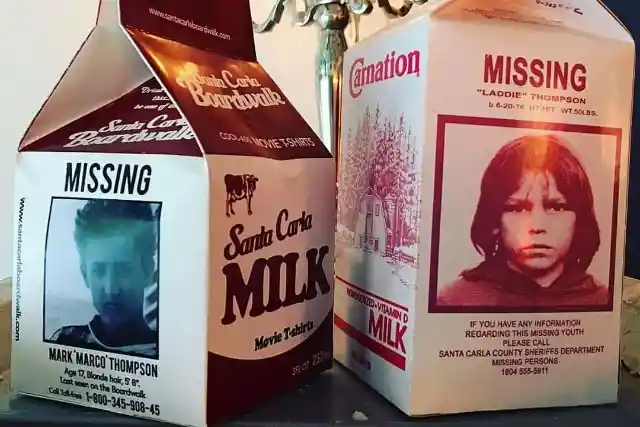
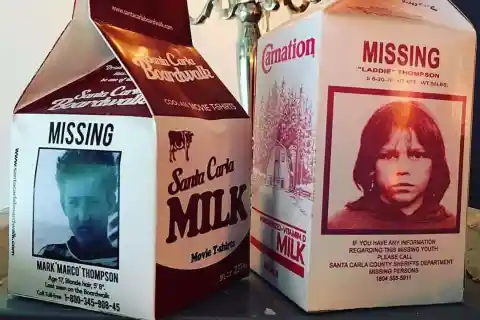
In 1984, dairy companies began to print pictures of missing children on the sides of their milk cartons, as shown in the picture above. Apart from this, many pizza restaurants did the same with their boxes. Photographs of missing children also appeared on other items such as envelopes and grocery bags. Businesses' compromise with this issue went a long way: hundreds of kids were found thanks to the pictures printed on these consumer goods.
#30. Raising Awareness Through Fiction
With the joint effort of parents, advocacy groups, businesses and the media, stories about missing children and child snatching became installed in public debate, and thus became part of a cultural conversation. However, it's also interesting to highlight how this issue was addressed through fictional literature.
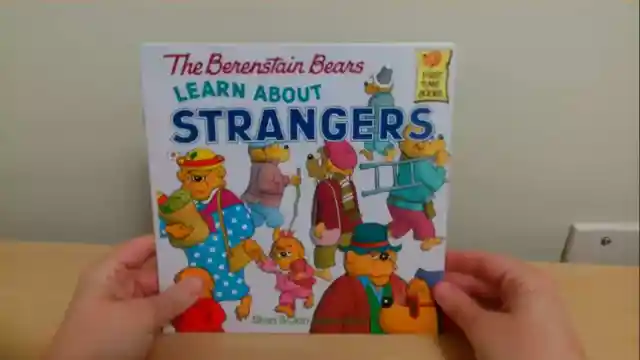
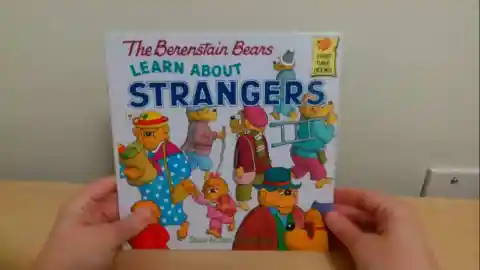
As a matter of fact, the Berenstain Bears
book series taught children how to recognize "stranger danger", as you can observe in the book title that appears in the picture above. Moreover, in the popular DC Comic books, Superman
's reporter Lois Lane searched for children who had gone missing. In turn, authors of mystery novels created detectives that worked looking for missing children as well. So fiction definitely played its part in dealing with the issue.
#29. With The Help Of Milk Cartons
As you can see, much different public and many private actors helped raise awareness over the number of children gone missing each year, and each of them resorted to a wide range of methods and strategies. However, the milk carton became the most visible of all the methods used.
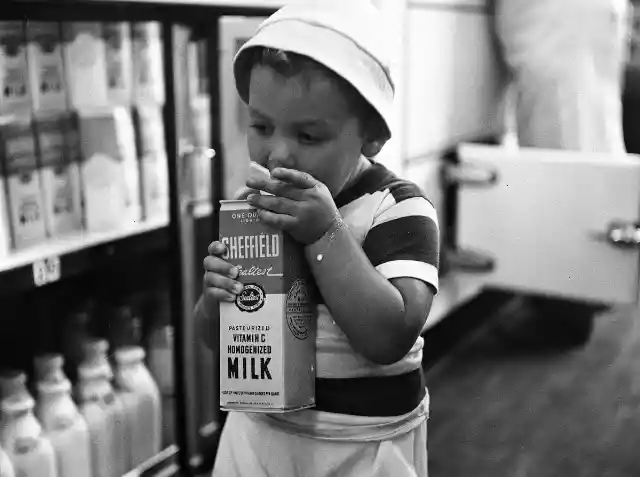
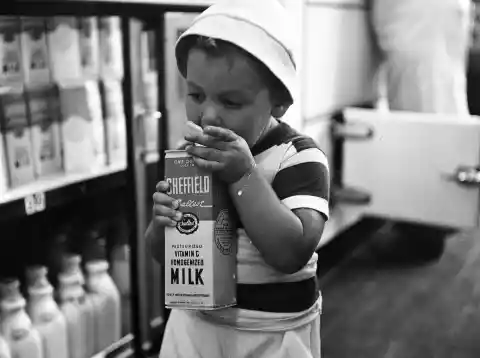
In fact, in 1985, just one year after the first milk carton picture had appeared, 700 out of the 1,800 independent dairy companies in the US had begun adding missing children's pictures in their cartons too. And several cases have been solved thanks to these pictures. Who would've thought that something so simple could prove so effective?
#28. The Turning Point
No one really knows which dairy company was the first one to use their cartons to print pictures and raise awareness for child-snatching. But what we do know is that only in 1979 did child-snatching become a major issue throughout the country. But why in 1979? It turns out that there was one particular event that helped to shed light on the matter.
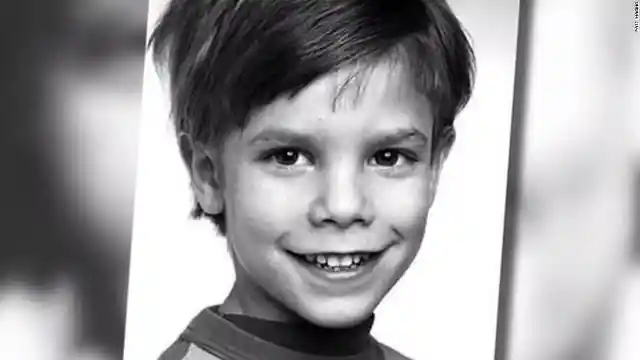
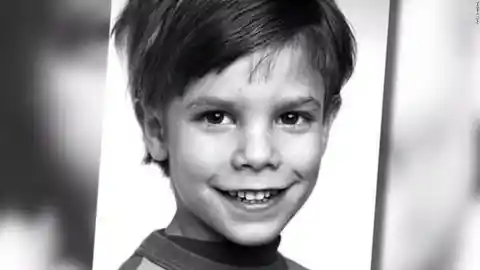
There is one particular case that is believed to have triggered the fight and advocacy on behalf of missing children: the disappearance of 6-year-old Etan Patz. Etan woke up on the morning of May 25, 1979, but when he left for school, he never came back. Keep on reading if you want to know how this case unfolded.
#27. A Boy Gone Missing
Etan left his family's apartment in New York City's neighborhood of SoHo, to make his everyday two-block walk to his bus stop at West Broadway and Prince Street. But he never made it to the school. Even though his teacher noticed that the boy hadn't gone to school, apparently she didn't report this to the headmaster.
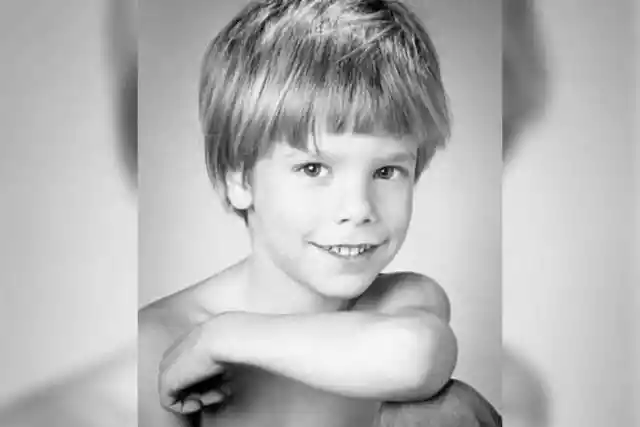

Etan's mother was the one who took the first step. When her son didn't return from school that afternoon, she immediately dialed 911. At first, detectives suspected of Etan's parents as possible suspects, but they quickly determined that they had nothing to do with his disappearance.
#26. The Search Begins
On the same day of Etan's disappearance, nearly 100 police officers aided by their dogs began to search the area, a search that would actually last for several weeks. Fortunately, Etan's mom was not alone: her neighbors gave her a hand and hung flyers all throughout the city.
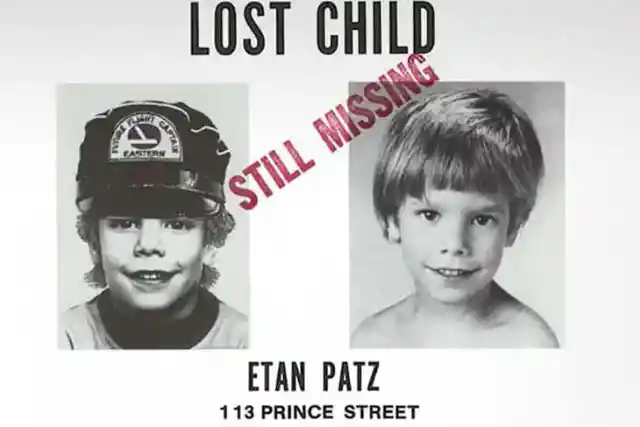
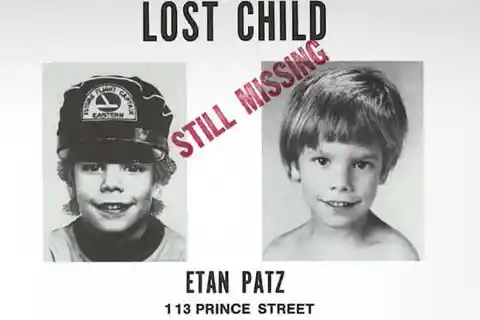
The posters and flyers featured pictures taken by the boy's father, Stanley. He happened to work as a photographer, and thus had a collection of pictures of his son. Two of these photos can be seen in the image shown above. But despite the huge collective effort put into finding him, barely any clues turned up.
#25. The Talk Of The Town
Despite all the hard work that Etan's family and neighbors put into the search, the photos of Etan made a much bigger splash once they appeared on the screens in Times Square. An estimate of around 50,000 people go to Times Square each day, so imagine how many of them must have seen the picture! It also began to be mentioned in different newscasts. In other words, practically everybody in the US knew about Etan's case.
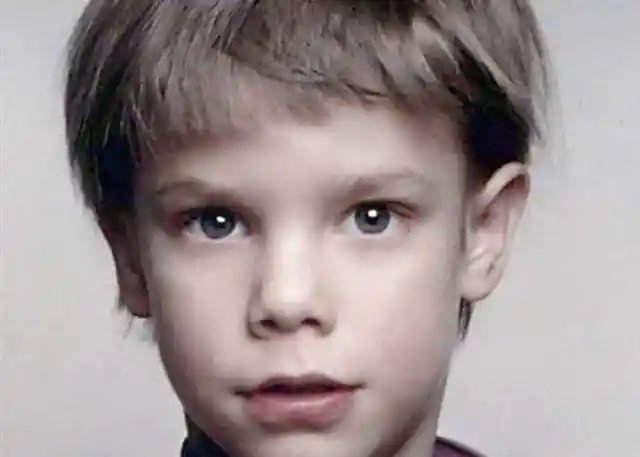
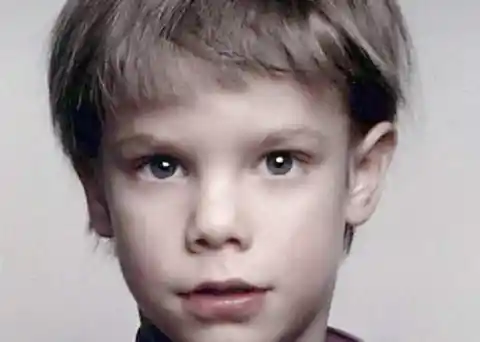
Apart from this, five years after the boy's disappearance, his pictures began to be printed in milk cartons. As a matter of fact, it is said that Etan became the first boy to have his picture placed on dairy products. But unlike other latter cases, printing his face on milk cartons wasn't enough to find new clues.
#24. Plot Twist
Sadly, New York's police authorities never found Etan. As a result, in 2001 they declared him legally dead. The first suspect was José Antonio Ramos, a convicted child sexual abuser and friend of Etan's former babysitters. But there wasn't enough evidence so as to prosecute Ramos. However, in 2015, there was a radical turn of events.

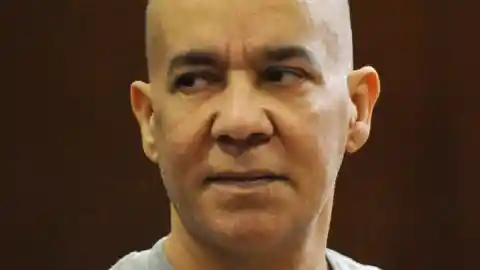
In 2017 —that is to say, 38 years after his disappearance— a 51-year-old man under the name of Pedro Hernandez was convicted of kidnapping and killing Etan. He allegedly kidnapped the child while he was walking towards the bus stop, and he apparently murdered the six-year-old kid on that same day. Hernandez ended up confessing that he killed Evan and threw his body into the garbage. On April 18, 2017, Hernandez was sentenced to life prison.
#23. A Turning Point
Etan's disappearance represented a turning point in parents' fight for raising awareness on the issue of missing children. As we have seen, it triggered dairy businesses' initiative of printing images of missing children on their milk cartons was certainly of great help. However, this tragic case provoked other impacts as well.
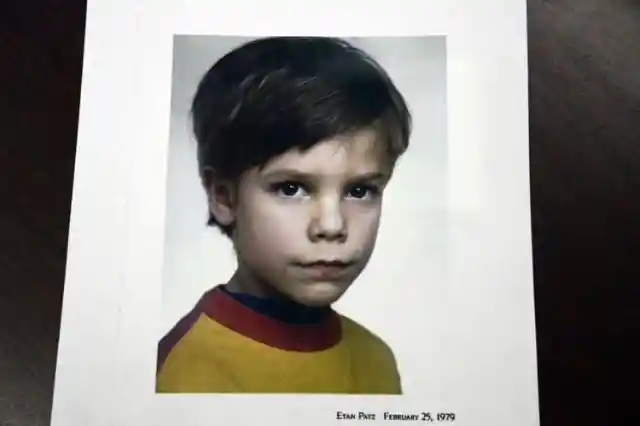
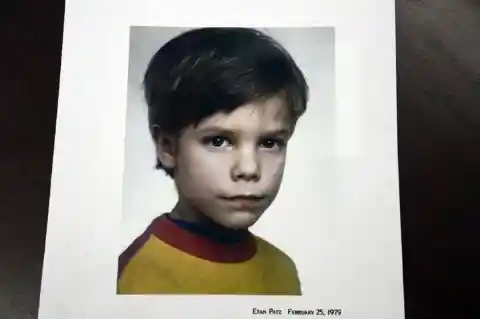
After Etan went missing, a new law was passed to help track and find lost children. Apart from this, in 1983 President Ronald Reagan declared the day that Etan had gone missing, May 25th, as the National Missing Children's Day. In other words, Etan's case not only shocked the entire nation, but it also had a major political and legal impact as well.
#22. Another Famous Case
But Etan wasn't the only boy whose face appeared in milk cartons all over the country. The same happened with Johnny Grosch. Johnny was a 12-year-old paperboy who lived in West Des Moines, Iowa. On September 5 of 1982, he left just before sunrise to complete his daily paper route. Until then, it was just another ordinary day for Johnny and his family.

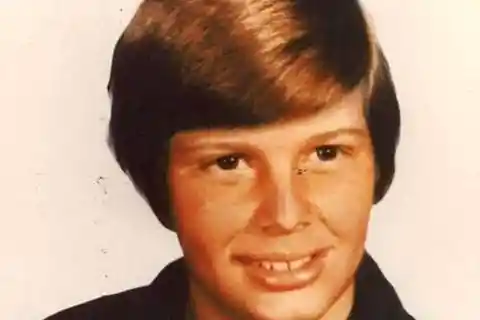
But on that September morning, Johnny's customers didn't receive their daily newspapers. As a result, his parents began to receive multiple phone calls of unsatisfied customers claiming their service. They were both puzzled and worried by the fact that there was no track of where their son was, but little did they know about his tragic fate. Continue reading if you want to know how this case unfolded.
#21. Police Inefficiency
Johnny's parents were alarmed at first. But when they realized that it was nearly midday and he still hadn't come back, they knew something was wrong. So at noon, Johnny's dad, John, searched their local area hoping to find him. Just two blocks from their house, he found his son's wagon, the one he used to deliver the papers. Inside it was a load of undelivered newspapers. It was now evident that Johnny had gone missing right before beginning his paper route.
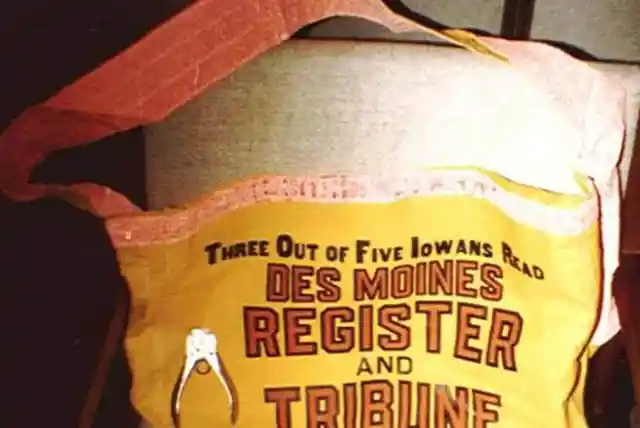
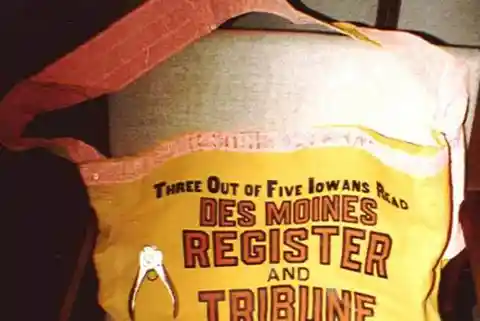
As soon as John found his son's abandoned wagon, he knew it was time to call the police and report him missing. According to Johnny's mother Noreen, the police authorities were not quick to take action. In fact, she claimed that it took around 45 minutes even for the police to arrive at their home to take her statement. They also delayed to classify Johnny as a missing picture due to bureaucratic procedures: apparently, they had to wait yet another 72 hours before they could begin searching for him.
#20. Case Goes Viral
The police were of no help at all: apart from all the time that passed by before they began looking for him, they soon determined that Johnny had simply run away. Later, they changed their minds and decided that he had probably been kidnapped, but neither did they find evidence to prove their new hypothesis, nor did they come up with any reason that someone could have had for kidnapping the boy.
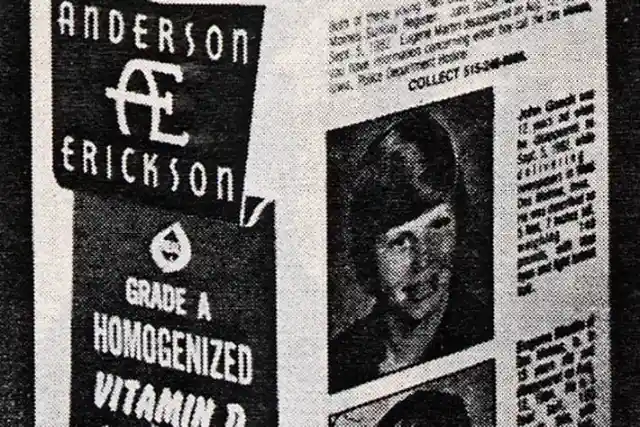

In addition to this, the police never arrested any suspect. But the lack of clues and suspects didn't stop Johnny from reaching nationwide attention. Apart from Johnny's appearance on the side of milk cartons, people became familiar with his case thanks to his mother Noreen. She publicly spoke about his story and denounced the inadequate and effortless way in which the police handled the case.
#19. Legal Reform
Not only did Johnny's mother talk about his son's case on the media. What is more, in 1982 Noreen started the Johnny Gosch Foundation, through which she traveled to different schools and held seminars in order to share information and raise awareness about the behaviors of sexual predators. Below you can see a real photo of Johnny's photographed by the media during one of these seminars.


As if all of this weren't enough, after witnessing the police's inefficiency in dealing with his son's disappearance, Noreen realized that something had to be done. Therefore, she lobbied for an Iowa state law that would allow the police to start probing reports of missing children right away. Sooner than later, the so-called Johnny Gosch Bill became a law in the family's home state of Iowa in 1984. Shortly after, eight other states followed this path and passed on laws of similar characteristics.
#18. The State Takes Responsibility
In August 1984, Noreen testified in a series of Senate hearings on organized crime. She spoke about "organized pedophilia" and its role in her son's kidnapping. She even testified before the US Department of Justice. Shortly after, the Department of Justice provided $10 million dollars to establish the National Center for Missing and Exploited Children. Noreen was actually invited to the White House for the dedication ceremony by then-president, Ronald Reagan.
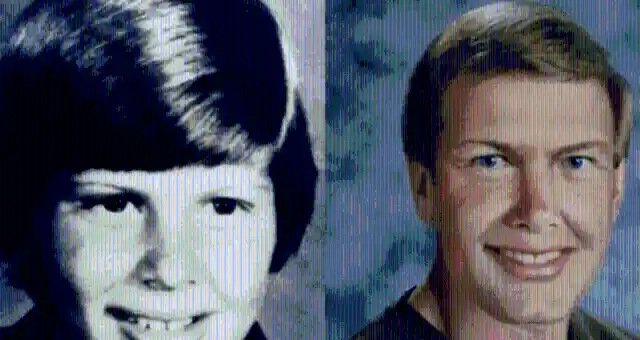

The Center's role was to assist families in locating missing children and to raise public awareness about ways to prevent child abduction, Apart from the creation of the Center, a national 24-hour toll-free missing children hotline, 1-800-THE-LOST, was established.
#17. Mysterious Appearance
Unfortunately, no suspects were ever found for Johnny's kidnapping. Nevertheless, his case took some unexpected twists, so it soon became the talk of the town once again. The thing is, in 1997 Johnny's mother Noreen claimed that her son had shown up on her doorstep near midnight. But he did not show up alone: a man who she didn't know was accompanying him.
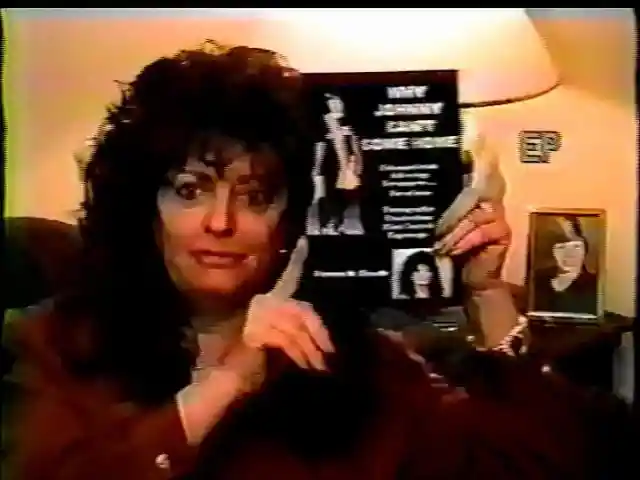
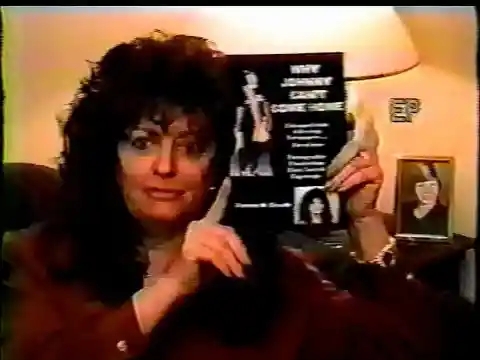
According to Noreen's account of the events, his son - or the person who she claims was her son - refused to tell her where he was living, because he was in danger. In the following act, he disappeared once again and never came back. At least that's what Noreen said. To be honest, it sounds hard to believe. But the strange revelations didn't stop there. Do you want to know how this story unfolded, then don't stop reading!
#16. The Unidentified Photographs
In 2006, Johnny's case became a widespread topic of conversation once again. It is believed that Noreen discovered a series of photographs that she claimed had been dropped at her doorstep. And she claimed that in one of those photos she had seen her 12-year-old son gagged with his wrists and ankles tied. But where had these photos come from? Was one of those boys really Johnny? Was this proved by any other person apart from Johnny's mother?

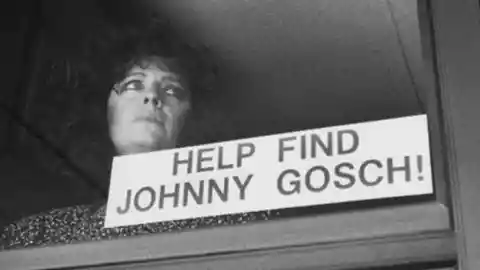
According to the 2014 Netflix documentary called Who Took Johnny?
the police authorities were able to identify all of the kids which appeared in the photos. However, it is also said that the boy whom Noreen claimed to be her son was never really identified. Which side are we supposed to believe? The whole story is so confusing, that it's hard to draw any sensible conclusions.
#15. The Documentary
Johnny's case was so confusing yet so intriguing, that nobody was surprised when they announced the release of the documentary. And as you can imagine, as soon as it was released, it resonated with audiences. This 80-minute documentary is actually available for streaming through Amazon video, and it includes interesting live interviews with Johnny's parents.
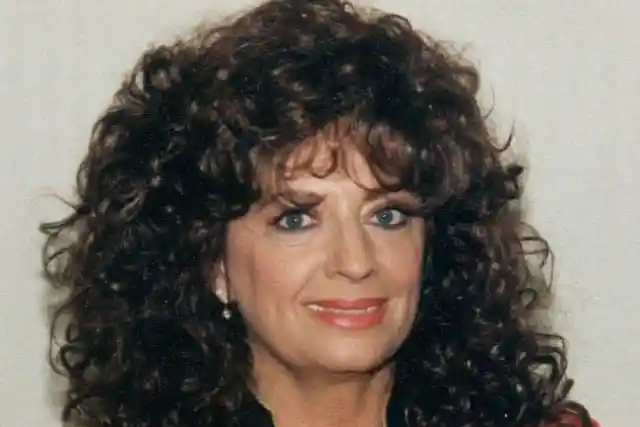

Nowadays, Noreen continues to advocate for missing and kidnapped children. According to the Johnny Gosch Foundation's website, "Great progress has been made in the United States... due to the efforts of not only Noreen, but countless other parents".
#14. Yet Another Case
Johnny and Etan, as well as hundreds of other missing children, had appeared on milk cartons in the early 80s. Believe it or not, an idea as simple as printing an image on a dairy product actually helped find several children that had gone missing. But during the last part of the decade, this strategy began to go out of use.


In spite of this, a few more faces continued to appear on dairy products. Such is the case of Molly Bish: in 2000, this young girl went missing, and her parents used milk cartons to find her. Do you want to learn more about her story? Then don't miss the last part of this article!
#13. A Man In The Lake
In the same year of her disappearance, Molly started a job as a lifeguard at Comins Pond, at her hometown of Warren, Massachusetts. The day before the incident, her mother Magi dropped her off at work, but something caught her eye. Apparently, she noticed a strange man with a mustache, who was parked in a white car right in front of the beach. Who could he be?


At first, even though Magi felt somewhat suspicious, she didn't really bother. After all, it was normal for people to head towards the lake and go for a swim. But when her daughter went missing the following day on June 27, she couldn't get the image of this man out of her head. Could it have been him?
#12. The Day It All Happened
The following day, Magi once again drove her daughter Molly to the lifeguard post on Comins Pond. This time, she found no sign of the stranger she had seen the day before, nor of his white car. But just a few hours later, the mother received a phone call that no parent should ever have to receive: it was the police, informing that her daughter hadn't been on duty all day. They also her that Molly's personal belongings had been found abandoned at her lifeguard station.
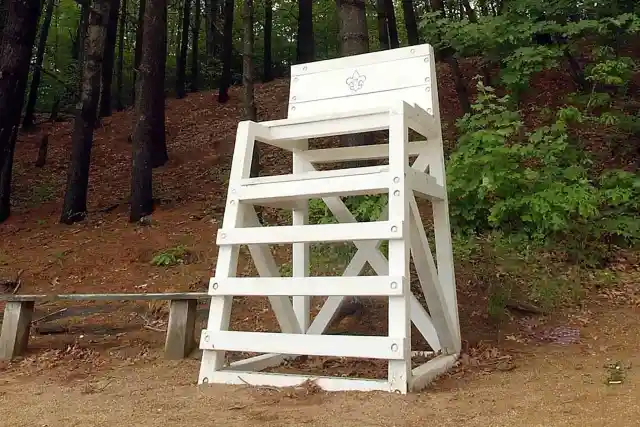
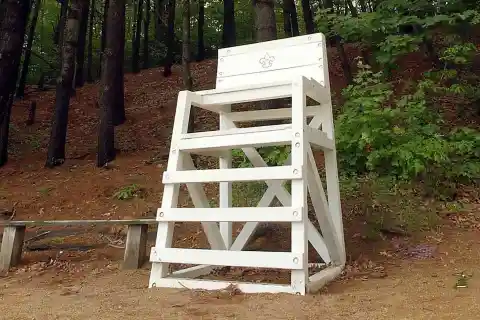
But this is not all: to make matters worse, another witness reported that he saw a man that matched Magi's description of the stranger in the white car. This witness had reportedly seen the man in the pond's parking lot just minutes before Molly arrived. Moreover, a local worker reported that he saw a similar white car parked at the cemetery which is connected to the pond by a path. Had the three of them seen the same man? Or had it just been a coincidence?
#11. A Case That Made History
After the phone call, Magi reported to the police that her daughter had gone missing. But this was no ordinary case: throughout the following weeks, the authorities mobilized what turned out to be Massachusetts' biggest and priciest hunt for a missing person.


But not only that. Molly's story also appeared on multiple television shows, including 48 Hours, America's Most Wanted, and Unsolved Mysteries. And just like in the cases of Etan and Johnny, the young girl's picture was printed on the sides of the milk cartons. Are you curious about how the case unfolded? Then keep on reading!
#10. An Awful Discovery
Unfortunately, Molly's story had a very dramatic ending. During the fall of 2002, a hunter found a blue bathing suit in the middle of the woods nearby Palmer, a nearby Massachusetts town. For some reason, the hunter waited a whole year until sharing this information: in 2003, he told it to a man named Tim McGuigan, who immediately called the police.
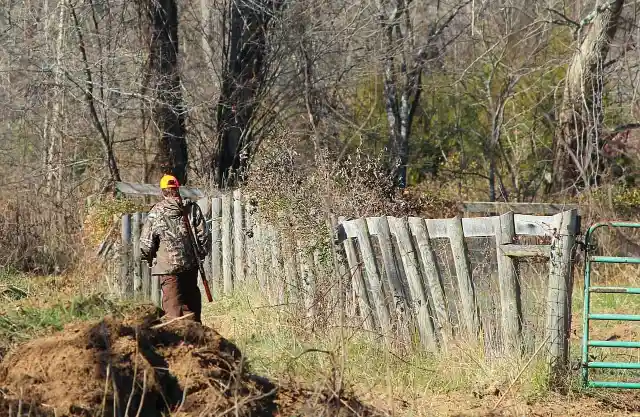

With this new piece of information, the police undertook another intensive search. But this time, with a different outcome. On June 9, 2003, the police found Moly's body nearly five miles away from the house where she lived. But the truth still had to be revealed: there were no clues regarding who had killed her and how.
#9. Massachusetts Mystery Murder
After the body's appearance, Molly's story was no longer a missing person's case: instead, it had now become a murder investigation. Consequently, police began to look for individuals who matched the description of the mystery man whom Magi had seen in the Comics Pond parking lot the day before her daughter had gone missing. The two other witnesses, who had also seen a strange man on the day of the disappearance, were also asked to give a detailed description of him.
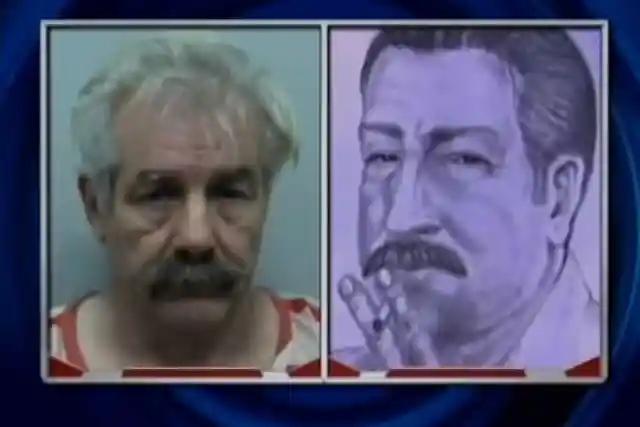
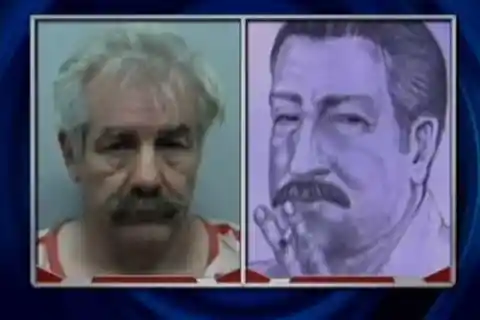
However, it was only in 2009 when a potential suspect first emerged: it was a man called Rodney Stanger, who looked quite similar to the man whom Magi had seen. In the picture above, you can observe the resemblance between Stanger and the sketch drawn based on the witnesses' testimonies. It appeared to be that Stanger usually went fishing at Comins Pond and that he frequently hunted in the nearby woods where Molly's body had been found. But how did the police come across Stanger? Trust me, you won't believe this man's past.
#8. The Ex-Con
It turns out that Rodney Stanger already had a frightening criminal record. Stanger moved to Florida exactly one year after Molly's murder. But several years later, the man was convicted for murdering his 20-year-old girlfriend Crystal Morrison. Following the murder, Crystal's sister alerted the Massachusetts authorities: she suspected that Stanger could actually be involved with Molly's unsolved case.
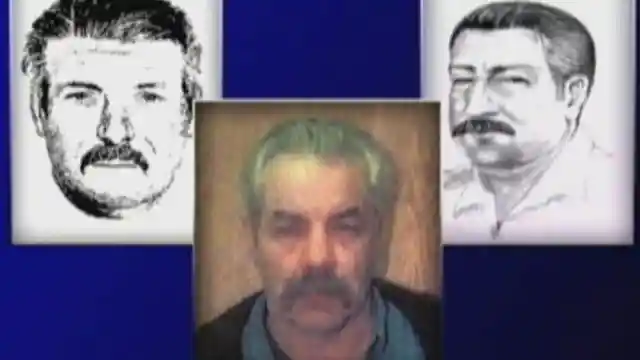
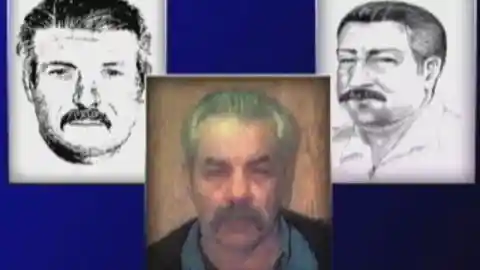
But this was not all. Police soon discovered that Stanger was known to have access to a white car similar to the one seen the day before Bish's disappearance. Thus, Stanger was investigated for Molly Bish's murder. Police also questioned him in connection with the 1993 murder of Holly Piirainen, a girl of Molly's same age, in Southbridge. Nevertheless, the police never arrested him, and this case still remains unsolved.
#7. A Different Case
As one may tell by stories mentioned above, most milk carton cases didn't result in a happy ending. In fact, some of them —like Johny's and Etan's cases—didn't even have a resolution. However, as crazy as it seems, printing photographs on dairy products helped solve some of the most intriguing cases of missing children.
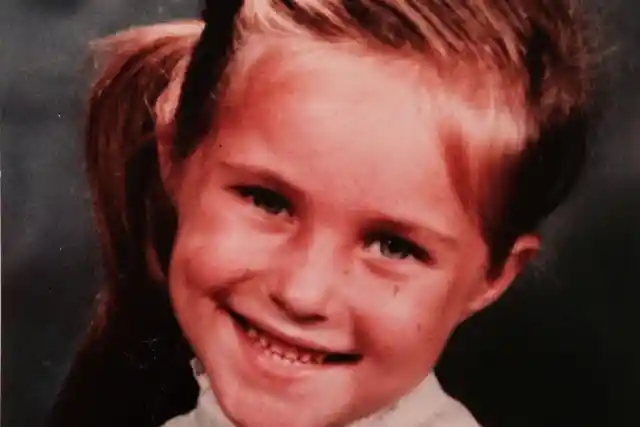
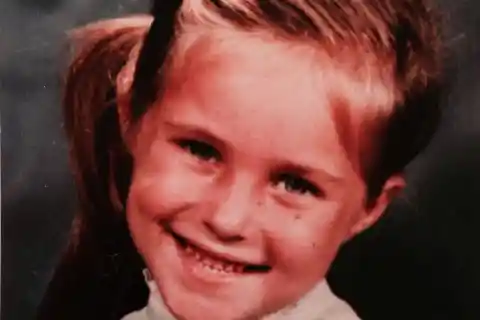
Bonnie Lohman's story is one of these fortunate exceptions. Bonnie's picture was one of those to be printed on milk cartons all over the US, and it actually helped her father to unravel the truth. Let's take a look at Bonnie's story, but first I must anticipate something: this little girl disappeared under completely different circumstances than Etan, Johnny and Molly.
#6. Bonnie's Story
Bonnie's parents filed for divorce shortly after Bonnie was born. After the divorce, his father was granted custody over her. But when Bonnie was just three years old, her mother and stepfather removed her from her father's care, obviously without telling him beforehand and without any mutual consent.

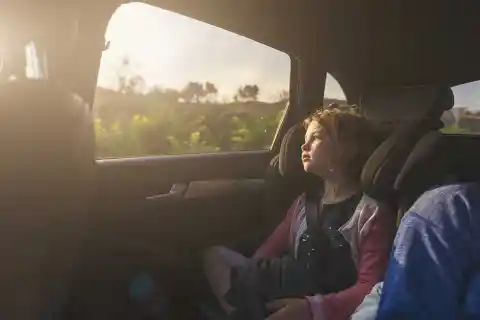
As previously mentioned, during the 70s most police departments were reluctant to get involved in those cases in which a noncustodial parent took his or her child without consent. They seemed to consider these cases as mere domestic disputes, rather than true cases of kidnapping. But this case was not a simple domestic dispute: Bonnie's father spent several years having no clue of her daughter's whereabouts.
#5. A Surprise At The Groceries
However, Bonnie's father was determined to do all he could in order to find his daughter. Therefore, he decided to spread awareness about his daughter's disappearance, by trying to have her face printed on milk cartons. Mollie's case was quite different from the other kids whose pictures had been placed on the dairy products: after all, most of them had either been killed or kidnapped by strangers. However, Bonnie's father eventually managed to get her picture featured too.
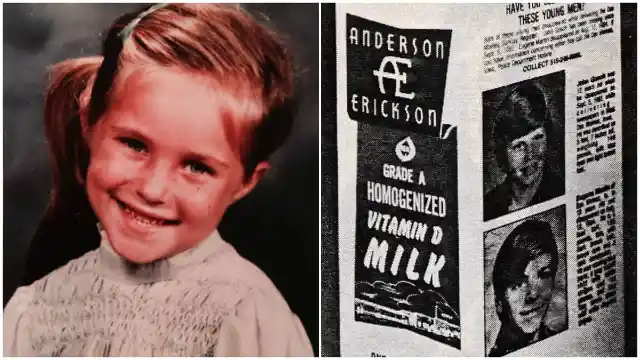
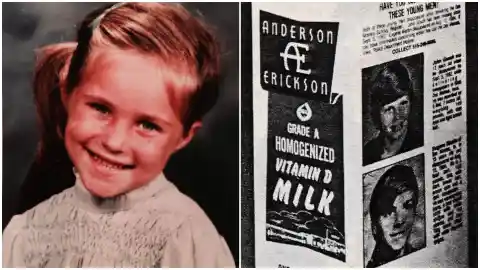
Four years after her disappearance, some cartons with Bonnie's face made it to different grocery stores all throughout the country. One day, her stepfather took her shopping. But to his dismay, while at the groceries, they came across a milk carton with Bonnie's face printed on it. The man suddenly froze.
#4. The Mystery Unfolds
Luckily, 7-year-old Bonnie recognized her own face in the product. But she didn't understand why her photo was printed on the milk carton. And it is said that she innocently asked her stepfather if he could buy the milk with her picture on it, so she could keep it in her room. The man apparently said that she could, but as long as she promised not to tell anyone about the photograph.
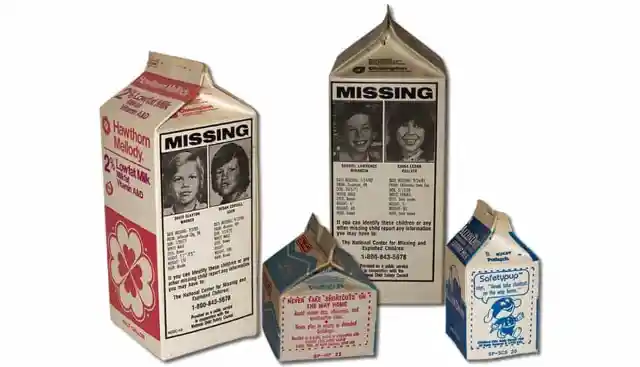
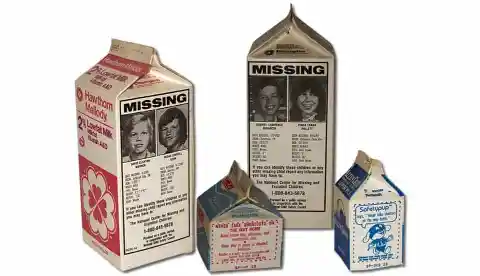
But of course, as we all know, children aren't known for keeping their secrets, neither are they great at tidying up their own stuff. It appears to be that Bonnie loved to secretly take the milk container wherever she went to. And one day, she accidentally placed the milk carton in a bag full of toys and left the bag at a neighbor's house. So when the neighbor picked up the container, they instantly realized that young Bonnie had been snatched away from her father.
#3. Happy Ending
So as soon as the neighbors found the milk carton, they immediately called the police. In a matter of days, the police identified the little girl as the missing Bonnie Lohman. Her father was finally able to discover the truth, and eventually, he got his daughter back.
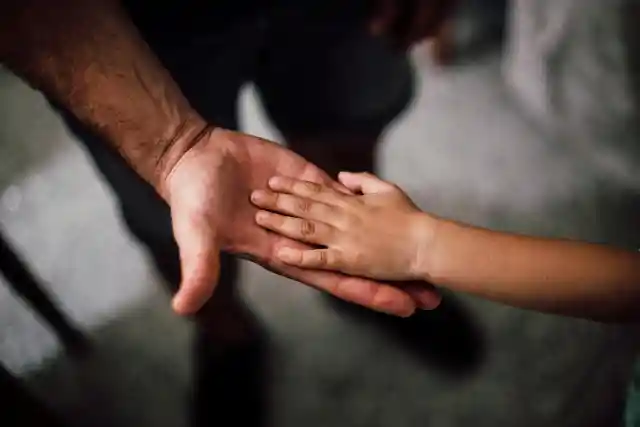

Indeed, Bonnie's story is one of the few successes of the milk carton campaign from the 1980s. As a matter of fact, out of the 200 children who had their image printed on these dairy products, only two were ever found alive. Without a doubt, this little girl's father was extremely lucky!
#2. Modern Methods
After Bonnie's case, the milk carton stopped being used as a method for tracking down missing children. Many pediatricians, including Benjamin Spock and T. Berry Brazelton, thought that images of kidnapped kids could scare or traumatize other children. Apart from that, it is also true that technology had improved impressively over the years. As a result, it was now simpler to raise awareness and share details of lost or kidnapped kids.
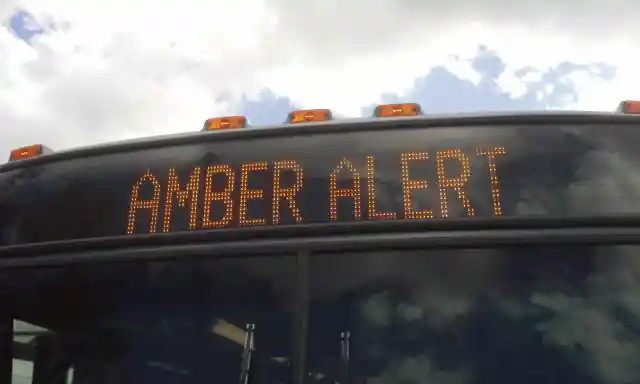
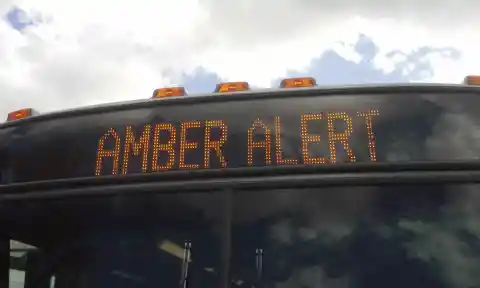
As a matter of fact, nowadays authorities resort to more sophisticated methods than the classic milk cartons. When children go missing, they mainly rely on the Amber Alert System to appeal to the public for help. This program started in 1996 and includes from text messages to emails and billboards, all of which contribute to spreading the identifying details of the missing child. When comparing to the early 70s, a lot has changed!
#1. Acknowledging The Past
As we have seen, technology has increased enormously over the past years, making it possible to resort to more sophisticated and efficient methods for tracking down missing children. However, it is impossible to deny that the milk carton program sets the grounds for such an important technology. Basically, it helped spread the word before there was a platform specifically designed for that purpose.

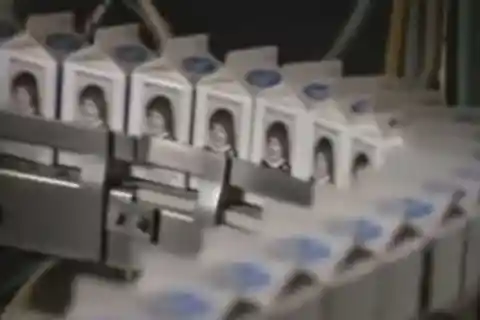
So even though most cases remained unresolved, it is important to acknowledge that thanks to the faces of missing children like Bonnie that were printed on these containers, some parents found clues regarding their lost or kidnapped children. Who would have thought that such a simple method could have constituted such a breakthrough?